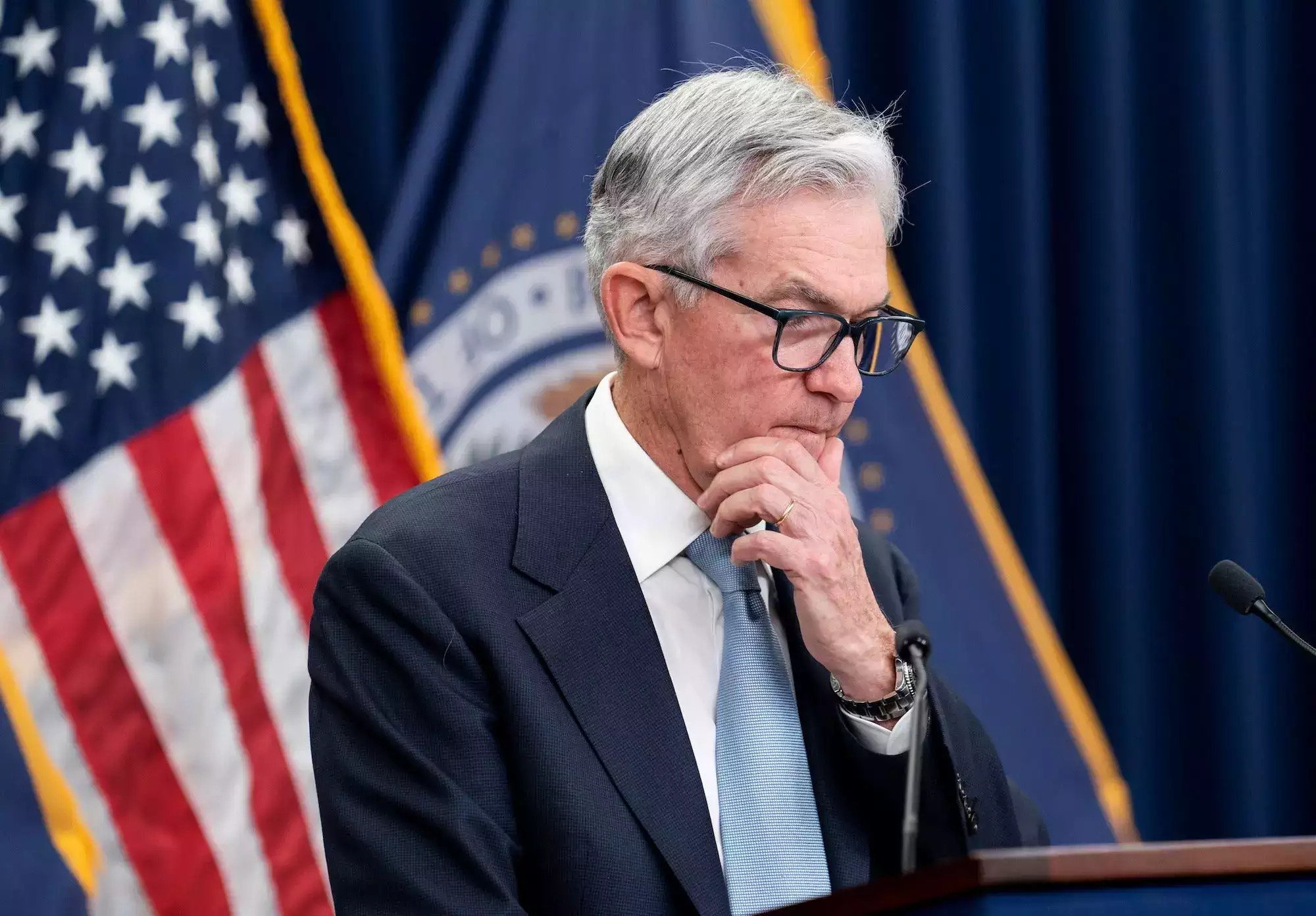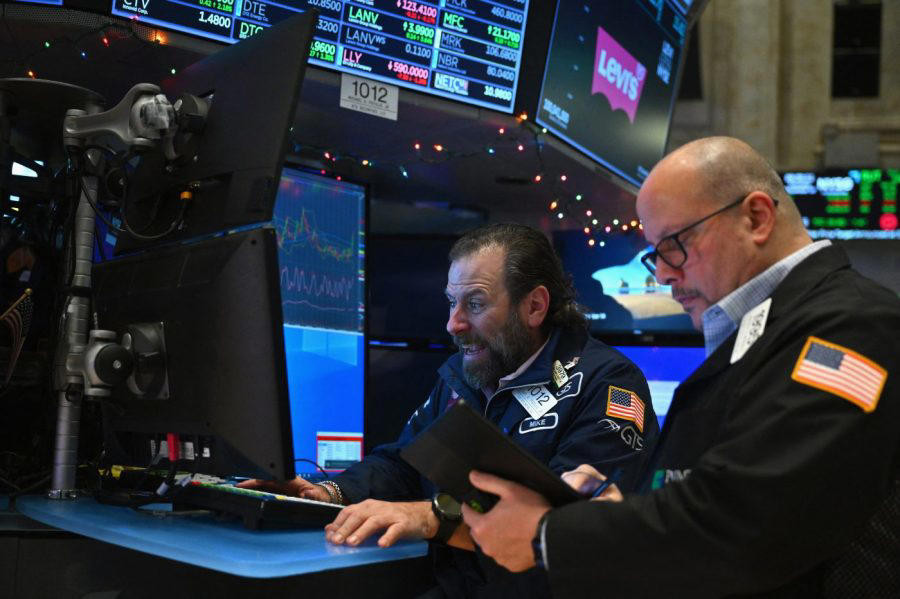Fed Officials Signal September Rate Cut As Inflation Cools, But Labor Market Concerns Remain
The Federal Reserve is poised to begin easing interest rates for the first time in four years, with policymakers indicating a strong likelihood of a rate cut in September as long as inflation continues to cool. However, the central bank’s decision to hold rates steady in July amidst a weakening labor market has sparked concerns, raising questions about whether the Fed is moving too slowly to address potential economic headwinds.
A Balancing Act: Inflation and Growth
The minutes released Wednesday from the Fed’s July 30-31 meeting show a clear shift in the central bank’s stance. Despite maintaining benchmark rates at a two-decade high of 5.3%, “the vast majority” of policymakers, as the minutes stated, believe “it would likely be appropriate to ease policy at the next meeting” if inflation continues its downward trend. The Fed’s preferred measure of inflation has fallen from a peak of 7.1% in 2022 to just 2.5% now, a significant improvement that has bolstered confidence among policymakers.
However, while the Fed is confident about the direction of inflation, the minutes reveal a growing concern about the labor market. “Several [meeting participants] observed that the recent progress on inflation and increases in the unemployment rate had provided a plausible case for reducing the target range 25 basis points at this meeting or that they could have supported such a decision,” the minutes stated. This indicates that some officials felt that a rate cut could have been justified even in July, suggesting that the Fed might be behind the curve in addressing the softening labor market.
The July Jobs Report and Its Aftermath
The decision to hold rates in July came just two days before the release of the July jobs report, which revealed a surprisingly weak labor market. Hiring fell to a meager 114,000, the second-lowest monthly gain since December 2020, and the unemployment rate ticked up to 4.3%, its highest level since October 2021. This data triggered a sharp drop in the stock market, with investors fearing that a recession could be around the corner.
The sluggish jobs report, however, was followed by a flurry of positive economic data, including strong retail sales numbers and a decline in jobless claims, suggesting that the economy may be more resilient than initially feared. However, the Fed’s hesitation to cut rates in July, even amidst a perceived slowdown, has raised concerns about the central bank’s response to a potential economic downturn.
A Pivotal Speech at Jackson Hole
The Fed’s next steps will be closely watched by markets and economists alike. The central bank’s chair, Jerome Powell, will deliver his most important speech of the year on Friday at the annual Jackson Hole economic symposium. This speech is expected to offer further clarity on the Fed’s intentions regarding interest rate cuts and its overall policy stance.
Economists anticipate that Powell’s speech will strike a dovish tone, signaling that the Fed is prepared to ease rates if necessary to support the economy. However, the extent of this dovishness will be crucial. Some economists believe that Powell could hint at a larger rate cut than the typical quarter-point reduction, while others believe that the Fed will wait for additional data before making any significant decisions.
The Political Climate and the Election Year
The Fed’s decision to cut rates in September, so close to the presidential election, is bound to face political scrutiny. Former President Donald Trump has been vocal in his criticism of the Fed’s rate hikes, and some political observers believe that the central bank’s actions could be seen as politically motivated. However, Powell has repeatedly emphasized that the Fed’s decisions are based solely on economic data and not influenced by political considerations.
The central bank’s actions will likely face further scrutiny from Democratic lawmakers, including Senator Elizabeth Warren, who have urged the Fed to lower rates more aggressively. While the Fed strives to maintain its independence from political pressures, the timing of any rate cut will undoubtedly be viewed through a political lens.
Looking Ahead: The Fed’s Path
The Fed’s decision to ease interest rates in September, while widely anticipated, signals a shift in the central bank’s policy stance. However, the Fed’s continued monitoring of the labor market, coupled with the growing concerns about potential economic headwinds, suggests that the path ahead remains uncertain. Powell’s speech at Jackson Hole will offer crucial insights into the Fed’s thinking and its strategy for navigating the delicate balance between inflation and economic growth.
The coming months will be pivotal for the Fed. As the central bank attempts to engineer a soft landing for the economy, it will have to carefully balance the need to combat inflation with the need to support a weakening labor market. The Fed’s decisions, along with the evolving economic landscape, will determine the course of the US economy in the months ahead.
Navigating the Crossroads: A Soft Landing or a Receding Tide?
The Fed finds itself at a crossroads. While the progress on inflation has been encouraging, the weakening labor market casts a shadow over the economic outlook. The central bank’s response to these challenges will be crucial. Will the Fed be able to pull off a soft landing, or will the economy succumb to the pressures of a recession? The answers to these questions will have far-reaching consequences for the US economy and the global financial system.


















